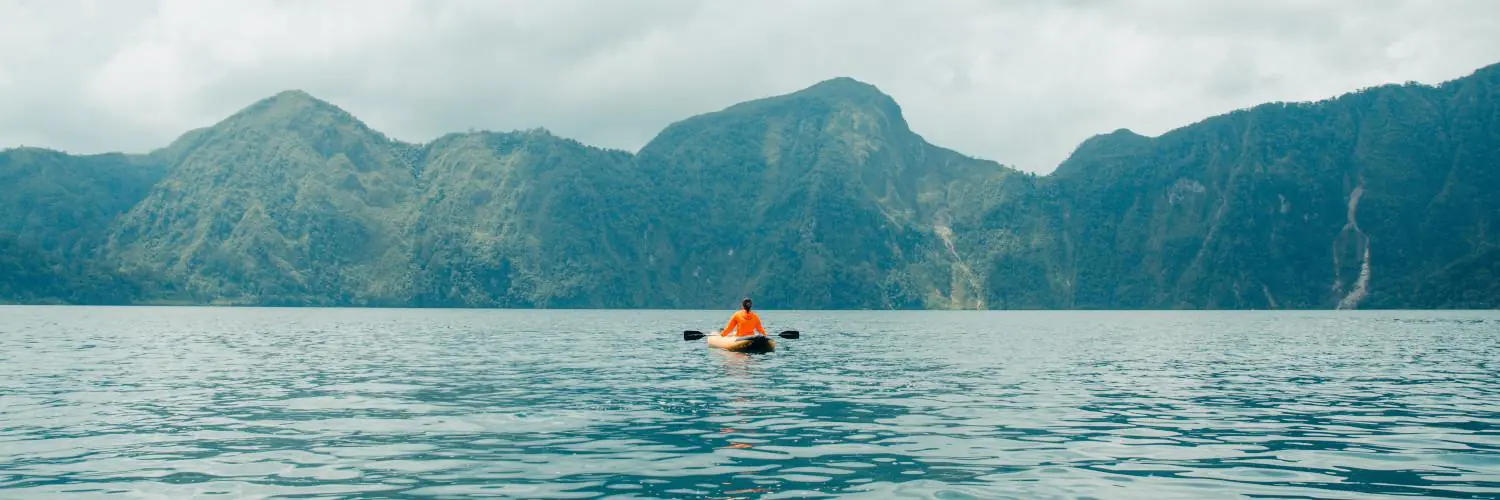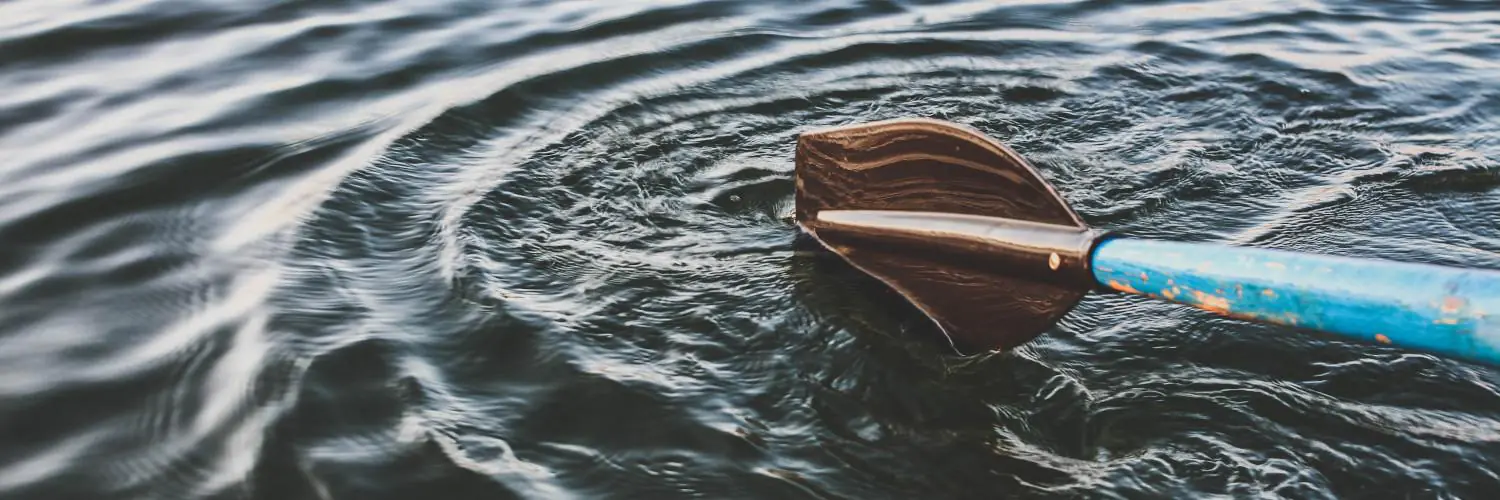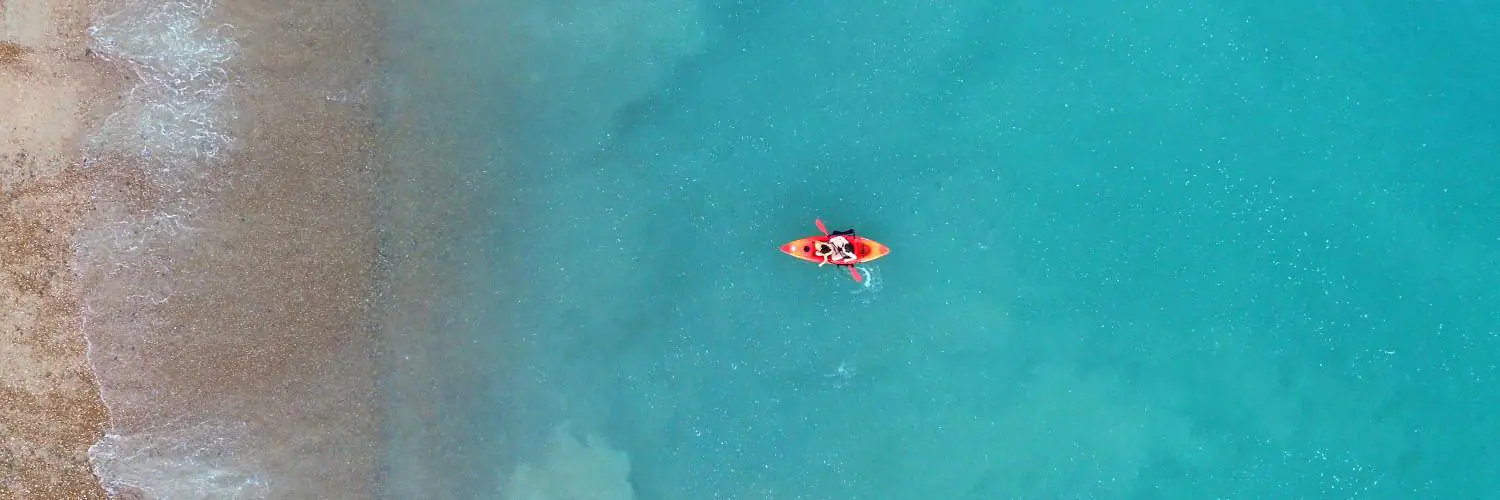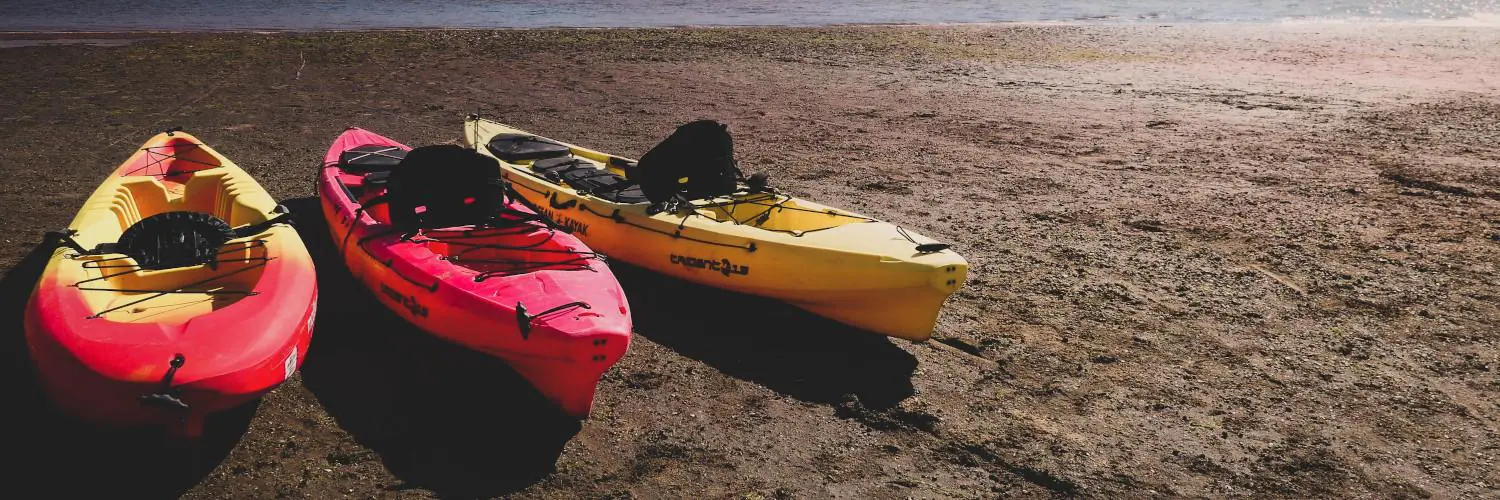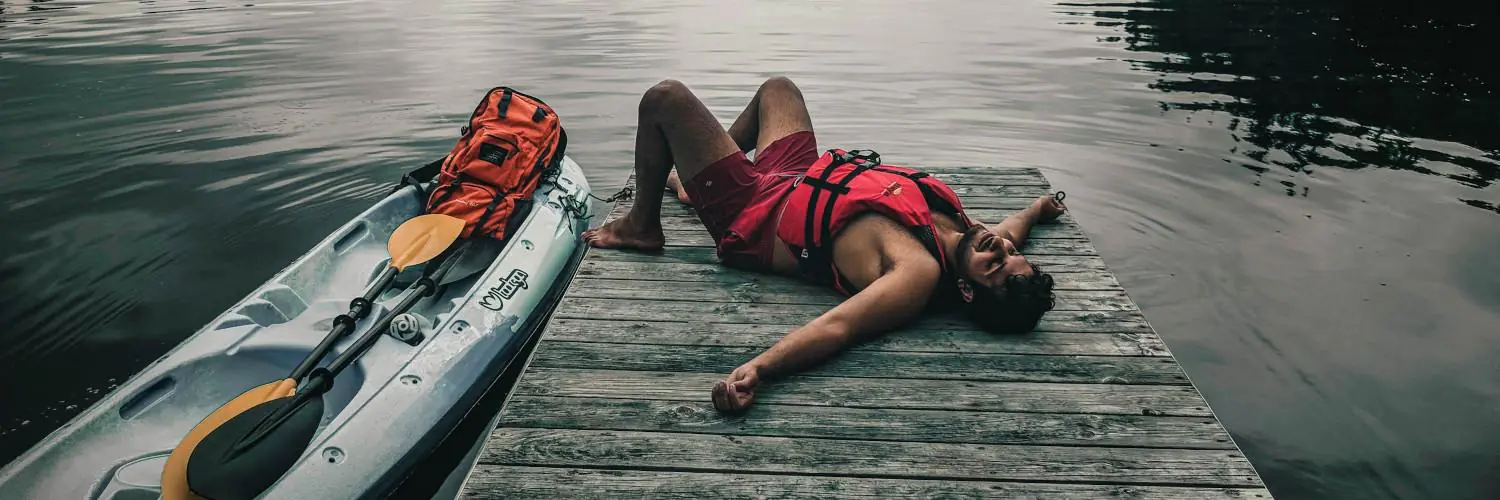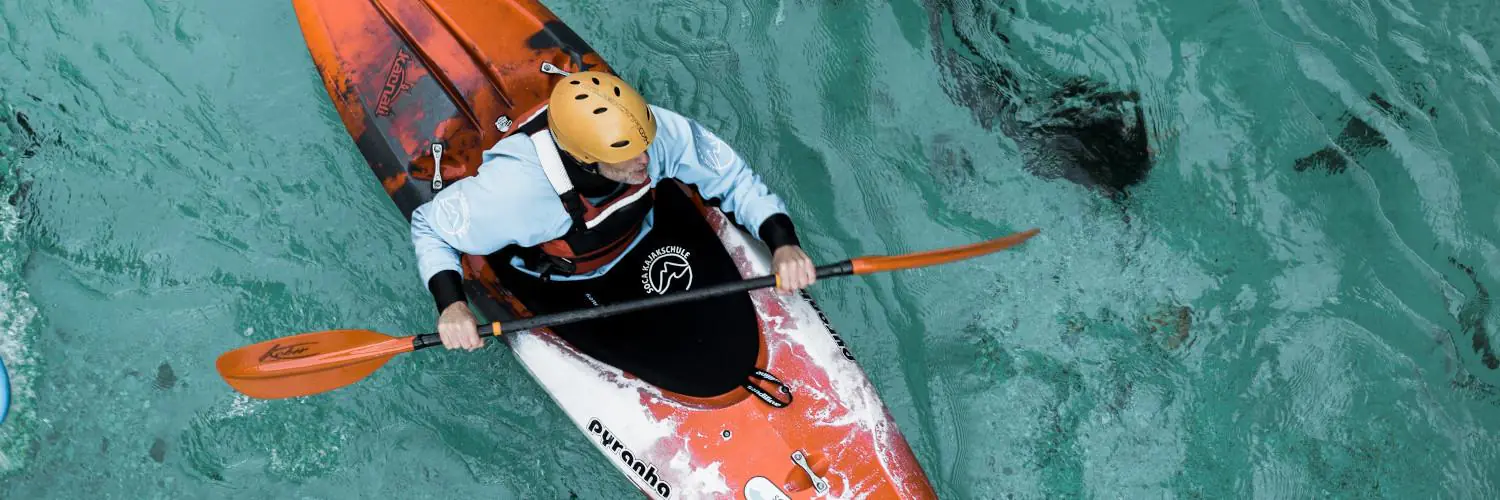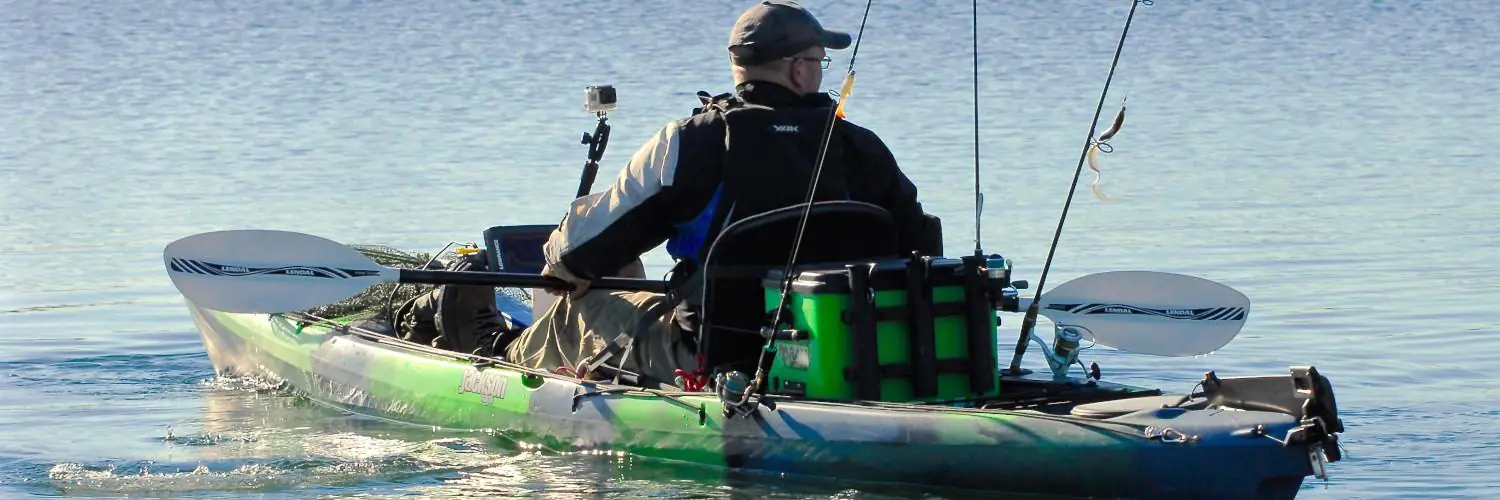Kayak hunting is a sport that blends the quiet stealth of a kayak with the thrill of hunting, requiring specific gear and accessories to ensure both success and safety in the field. Hunters who take to the water will find that the right accessories can make a significant difference. A reliable kayak accessory setup includes items designed to keep you hidden, secure your gear, and enhance your overall hunting experience. Among essential items, camouflage netting provides concealment, while sturdy grips and mounts ensure that firearms and other necessary equipment are stowed safely and within reach.
Given the constrained space within a kayak, selecting the right accessories is as much about utility as it is about conserving space. For example, hunters frequently choose compact, waterproof cases to protect their firearms from the elements. Additionally, specialized shell boxes help prevent ammunition from getting wet or rusty. Hot beverages can be kept warm with a high-quality, insulated mug, which is a small comfort that can make the early morning wait more agreeable.
As with any specialized activity, the gear chosen for kayak hunting must satisfy the particular demands of the environment and the hunter’s tactics. Therefore, durability, water resistance, and ease of access are primary considerations when outfitting a kayak for hunting excursions. Seasoned hunters tend to invest in kayaks designed specifically for hunting, which can further enhance the utility of add-on accessories, thereby improving their chances for a fruitful outing.
Table of Contents
Choosing the Right Kayak
When selecting a kayak for hunting, the craft’s stability and safety are paramount considerations, along with choosing between a sit-on-top and a sit-in design, based on personal preference and hunting conditions.
Stability and Safety
Kayaks designed for hunting should have enhanced stability to handle a variety of water conditions and support the additional weight of gear and harvested game. A wider hull design is often preferred as it ensures better lateral stability, reducing the risk of capsizing when aiming or retrieving game. Safety features including robust construction and reliable buoyancy aids are essential, especially when navigating through marshes and shallow waters.
Sit-On-Top vs. Sit-In Kayaks
Sit-on-top kayaks offer an open deck that allows for easier movement and access to equipment – a significant advantage for hunters who may need to quickly grab gear. They typically have self-draining scupper holes, making them a practical option for waterfowl hunting.
| Sit-On-Top | Sit-In |
|---|---|
| Open deck | Enclosed cockpit |
| Easy access to gear | Lower center of gravity |
| Self-draining | More protection from elements |
Sit-in kayaks, by contrast, have an enclosed cockpit which provides a lower center of gravity and greater protection against cold water and weather, which can be beneficial in harsh conditions. However, access to hunting equipment might be more restricted compared to their sit-on-top counterparts.
Essential Kayak Hunting Gear
When outfitting a kayak for hunting, prioritizing the right gear ensures a blend of stealth, stability, and functionality. Each piece of equipment should contribute to a successful and efficient hunt.
Paddles and Propulsion
A hunter’s stealth and mobility on the water rely heavily on their choice of paddles or propulsion systems. When selecting paddles, one should consider their length and weight for effortless maneuvering. For hands-free movement, a trolling motor can be a game-changer, allowing hunters to focus on their prey.
- Paddle Features:
- Lightweight materials for ease of use
- Adjustable lengths for optimal control
- Trolling Motors:
- Ensure it has variable speed options for quiet operation
Seating and Comfort
Long hours on the water demand a comfortable, ergonomic seat in the cockpit. A good seat should not only cushion the hunter but also offer adequate support and adjustability.
- Seating Considerations:
- Adjustability: Height and angle for optimum visibility and comfort
- Material: Durable and water-resistant
Storage Solutions
Effective storage solutions are critical for organizing gear and keeping it dry. Dry storage compartments protect electronics and personal items, while storage crates offer quick access to equipment and decoys.
- Dry Storage:
- Sealed compartments within the kayak’s hull
- Storage Crates:
- Open bins with secure latching systems
- Placement:
- Crates and compartments should be within easy reach without compromising kayak stability
Customizing Your Kayak
Customizing a kayak can significantly enhance its functionality for hunting. By integrating mounting systems and investing in proper lighting, hunters can tailor their kayak to their specific needs for better efficiency and safety.
Mounting Systems and Gear Tracks
Mounting systems are crucial for hunters looking to adapt their kayak with various accessories. Gear tracks, usually made from PVC or similar durable materials, provide flexibility and ease for attaching and repositioning equipment. A hunter might install a gear track along the side of the kayak hull to secure items such as rod holders, GPS units, or camera mounts. For those looking to optimize propulsion, motor mounts can be added to the kayak to accommodate various motor options, making long-distance travel more accessible and less fatiguing.
Lighting and Visibility
Proper lighting is fundamental for safety and visibility, particularly in the low-light conditions often encountered during hunting trips. LED lights are a popular choice due to their long-lasting and energy-efficient nature. They can be customized in terms of brightness and color to suit different environments. For visibility, one can strategically install lighting on both the bow and stern of the kayak, ensuring they remain visible to other watercraft and can safely navigate in the dark. Reflective materials can also be added to the kayak’s body to enhance visibility in all lighting conditions.
Kayak Hunting Accessories
For kayak hunters, the right accessories are essential for both effectiveness and discretion. Decoys, camouflage patterns, and tailored concealment gear like kayak blinds are critical components for a successful hunting experience.
Decoys and Camouflage
Decoys play a pivotal role in luring waterfowl within range. They must be lifelike and suited to the species being hunted. Decoys are typically set up in patterns that mimic natural behaviors of the fowl, and hunters often combine multiple types for increased realism.
Camouflage is equally important to ensure the hunter blends seamlessly with the natural environment. Accessories that feature camo patterns range from paddles, seat covers, to storage options. For instance, the Yeacool Camo Netting can be utilized to drape over the kayak, providing both sun shade and excellent concealment.
Blinds and Concealment
A kayak blind is an accessory that may be fastened to the kayak to hide the hunter from prey. It offers a strategic advantage by disguising the hunter’s silhouette and movements. Ideal blinds are lightweight, easy to deploy, and do not interfere with the mobility of the kayak.
Concealment strategies extend beyond blinds, with some hunters opting for purpose-designed coverings that resemble local flora or the water’s surface. This is not only about subtracting visibility but also about integrating naturally into the surroundings to avoid startling wildlife. All these accessories must also maintain the hunter’s ability to access their gear quickly and safely.
Personal Safety and Comfort
When engaging in kayak hunting, a hunter’s personal safety and comfort are paramount. Ensuring the use of proper waders and waterproof gear, along with life jackets and safety equipment, is critical for a secure and enjoyable experience.
Waders and Waterproof Gear
Waders are an essential accessory for kayak hunters, offering protection against cold water and harsh weather conditions. A hunter should look for waders that are both waterproof and breathable to maintain comfort throughout the hunt. In addition to waders, a hunter may consider other waterproof gear such as gloves and hats to stay dry and focused on the hunt.
- Waders: Select breathable, waterproof, and appropriately insulated waders tailored for kayak use.
- Waterproof Gear: Employ waterproof gloves, hats, and jackets for comprehensive protection.
Life Jackets and Safety Equipment
Life jackets are a non-negotiable aspect of safety gear for any water-based activity, kayak hunting included. They should be comfortable, not impede movement, and provide ample buoyancy. Safety equipment might include items like whistles, knives, and waterproof flashlights to ensure preparedness for any scenario.
- Life Jackets: Choose a life jacket suited for the hunter’s body weight and size with easy accessibility.
- Safety Gear:
- Whistle: Attach to life jacket for signaling in distress.
- Knife: Select a sturdy, corrosion-resistant knife for unforeseen emergencies.
- Waterproof Flashlight: Keep on hand to navigate or signal in low light conditions.
Transport and Accessibility
Efficient transport and ease of access are crucial for kayak hunters. Kayak carts offer an effective solution for portage, while specific loading and launching techniques ensure swift transitions from land to water.
Kayak Carts and Portage
Kayak carts play a pivotal role in transporting kayaks overland, particularly when dealing with rough terrain or long distances. They typically come with wheels designed to handle various surfaces, from smooth pathways to rocky trails. A good cart should be:
- Durable and able to withstand the weight of the kayak and gear
- Easily collapsible for convenient storage once the destination is reached
When selecting a cart, hunters should consider the size and weight of their kayak to ensure compatibility. Straps and locking mechanisms are essential features that secure the kayak to the cart during transit.
Loading and Launching Techniques
Loading a kayak onto a vehicle requires attention to detail to prevent damage to both the kayak and vehicle. Techniques vary based on the type of vehicle rack system in use, but typically involve:
- Positioning kayak so that it’s balanced and centered on the rack
- Using cam straps to secure the kayak to the rack without overtightening
Upon reaching the hunting site, launching should be swift and safe. Key steps include:
- Clearing the immediate launching area of obstructions
- Placing the kayak perpendicular to the shore
- Using the paddle to stabilize the kayak while getting in
Non-slip pads can be utilized when launching from slippery surfaces to prevent accidents. Hunters should practice these techniques to ensure a quick and seamless transition.
Strategies for Duck Hunting
In pursuit of duck hunting success, hunters must marry tactical proficiency with the right gear. They need to understand how to leverage their kayak to navigate to prime hunting spots and utilize dogs effectively.
Duck Hunting Tactics
Hunters often target birds such as mallards, which are prevalent and offer a rewarding experience when approached with the right strategies. One such strategy involves the spread—the deliberate placement of decoys to attract live ducks. The key is to set a spread that mimics natural duck behavior, which involves creating groupings that look like feeding and resting flocks. For kayak hunters, portability and the ability to set a convincing spread are crucial. Lightweight and collapsible decoys are ideal.
Shooting from a kayak presents unique challenges. Hunters must maintain stability while taking aim, often shooting between the 10 o’clock and 2 o’clock positions relative to the kayak to minimize the risk of tipping. It’s advisable to practice this positioning before the hunt to ensure comfort and safety.
Using Dogs in Kayak Duck Hunting
Involving a trained dog in kayak duck hunting adds both companionship and efficiency to the hunt. Dogs are excellent at retrieving downed birds from the water, saving the hunter time and effort. However, it’s important for the hunter to ensure that both the dog and the kayak are well-prepared for such a partnership.
- Training: The dog should be comfortable with water and obedient to commands, even in the midst of a hunt.
- Gear: The hunter should equip their kayak with items like a dog platform or mat to provide a secure spot for the dog to sit and prevent their claws from damaging the kayak.
- Safety: Both the hunter and the dog should have access to proper safety gear, such as life vests, to prevent accidents in cold or turbulent waters.
Consistent training sessions before the season begins can help acclimate the dog to the kayak’s movements and the sounds of shooting. Hunters should remember that space is limited, so they’ll need to pack accordingly, prioritizing essential gear and safety equipment.
Advantages of Kayak Duck Hunting
Kayak duck hunting offers a suite of benefits that enhance the experience for waterfowl hunters. One of the primary advantages is stealth, as kayaks provide a low-profile vessel that minimizes water disturbance, allowing hunters to approach ducks without startling them.
The quiet nature of kayaks is another significant benefit. They lack noisy motors, letting hunters silently glide through the water. This reduction in noise greatly increases their chances of getting closer to ducks, which is often crucial for a successful hunt.
Mobility is a standout feature with kayaks. They can navigate through various aquatic environments with ease, from narrow streams to larger bodies of water. This agility allows hunters to access areas that might be challenging to reach with larger, motorized boats.
Versatility is another essential attribute of kayak duck hunting. The open deck design of many kayaks means they can be outfitted with various accessories essential for duck hunting, such as decoy carriers or additional storage options, while still providing ample space for essentials.
Lastly, kayaks offer the advantage of being suitable for various water conditions, making them versatile craft:
| Water Condition | Kayak Advantage |
|---|---|
| Calm Ponds | Easy maneuvering and stability |
| Choppy Lake | Low profile cuts through waves |
| Narrow Streams | Navigate tight spaces successfully |
These attributes position kayaks as a beneficial tool for duck hunters who value stealth, quietness, mobility, versatility, and an open deck to customize their gear setup.

